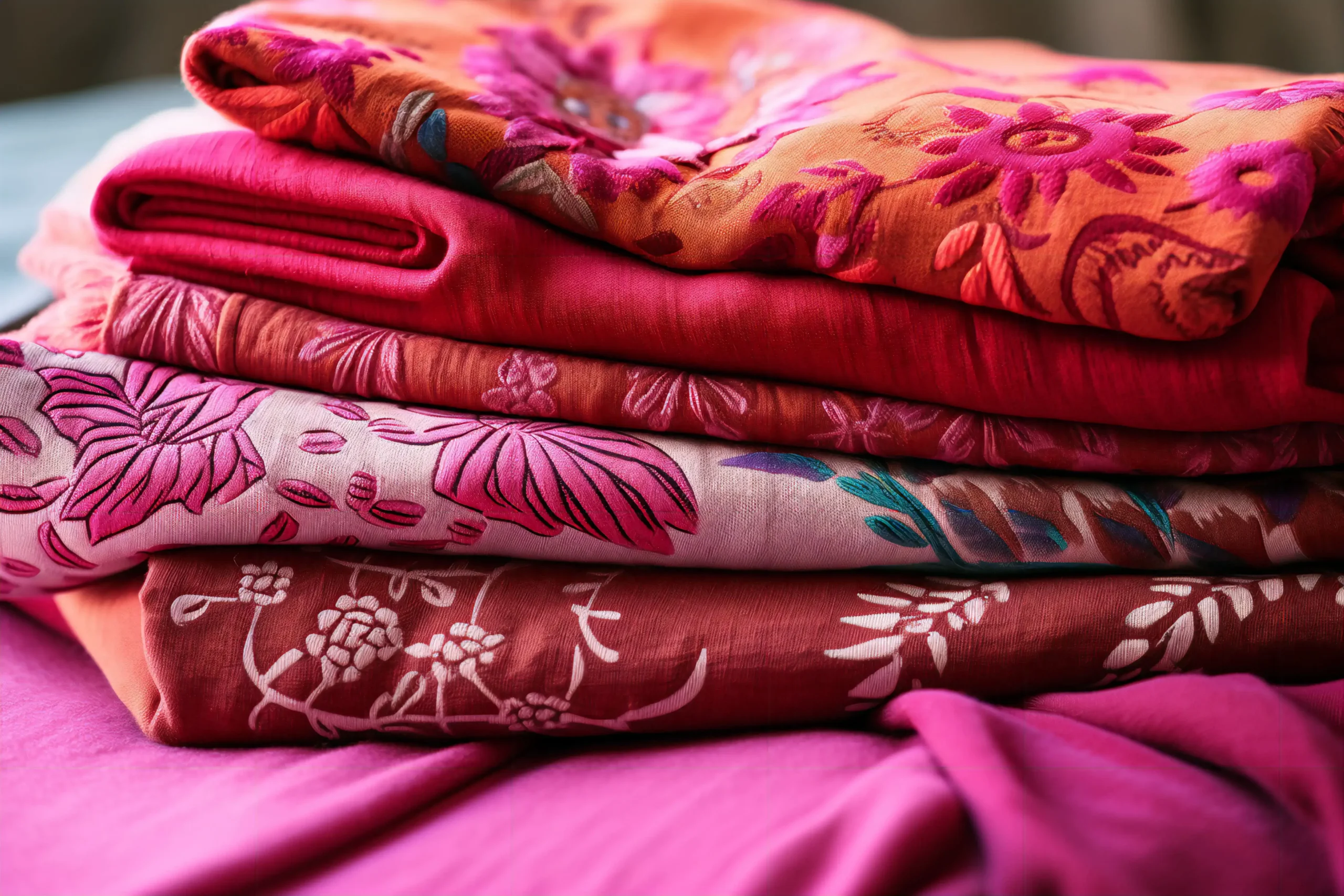

Exploring the Legacy of Handloom Cotton Sarees
In the vibrant world of Indian textiles, handloom cotton sarees stand as timeless treasures, weaving together tradition, craftsmanship, and elegance. From the historical significance to the intricate weaving techniques, each saree tells a unique story of heritage and artistry. Let’s delve into the rich tapestry of handloom cotton sarees, exploring their varieties and what makes them so special.
Historical Significance of Handloom Cotton Sarees
Handloom cotton sarees hold a deep-rooted historical significance, dating back centuries. They have been an integral part of India’s cultural heritage, symbolizing grace, tradition, and craftsmanship. Handloom weaving is not merely a craft; it’s a livelihood, a tradition passed down through generations, preserving age-old techniques and patterns. These sarees reflect the rich cultural diversity of India, with each region boasting its unique weaving style and motifs.
Weaving Techniques
The art of handloom weaving involves intricate techniques passed down through generations. Weavers meticulously handcraft each saree, employing techniques like Jamdani, Ikat, and Batik to create exquisite patterns and designs. These techniques require skill, precision, and patience, resulting in sarees that are not just garments but works of art.
Varieties of Handloom Cotton Sarees
1. Bengal Cotton Saree
Bengal cotton sarees, also known as Tant sarees, originate from West Bengal and Bangladesh. These sarees are characterized by their lightweight cotton fabric and intricate jamdani or handloom weaving, often adorned with motifs inspired by nature and mythology.
2. Khadi Cotton Saree
Khadi cotton sarees hold a special place in the Indian textile industry, symbolizing the spirit of self-reliance and sustainability. Handspun and handwoven, these sarees showcase the beauty of simplicity and craftsmanship, making them a favorite among those who appreciate eco-friendly fashion.
3. Kanchipuram Cotton Saree
Kanchipuram, renowned for its silk sarees, also produces exquisite cotton sarees appreciated for their fine quality and craftsmanship. These sarees feature rich colors, intricate zari work, and traditional motifs, making them a timeless addition to any wardrobe.
4. Pochampally Cotton Saree
Pochampally, located in Telangana, is famous for its Ikat weaving technique, which creates distinctive geometric patterns on the fabric. Pochampally cotton sarees are known for their vibrant colors and bold designs, reflecting the region’s rich cultural heritage.
5. Chikankari Cotton Saree
Originating from the city of Lucknow, Chikankari cotton sarees are adorned with delicate hand embroidery, known as Chikankari. These sarees exude elegance and sophistication, with intricate floral motifs adding a touch of timeless beauty.
Choosing the Best Handloom Cotton Saree
When selecting the best handloom sarees in India, it’s essential to consider factors such as the weaving technique, fabric quality, and design. Look for sarees crafted by skilled artisans using traditional techniques, as they often boast superior quality and craftsmanship. Pay attention to details like thread count, colorfastness, and finishing to ensure you’re investing in a saree that will stand the test of time.
Conclusion
In conclusion, handloom cotton sarees are not just garments; they are a testament to India’s rich cultural heritage and craftsmanship. Whether it’s the intricate weaving techniques, the historical significance, or the diverse varieties, each saree carries with it a story of tradition and artistry. Embrace the beauty of handloom cotton sarees and add a touch of elegance to your wardrobe.
